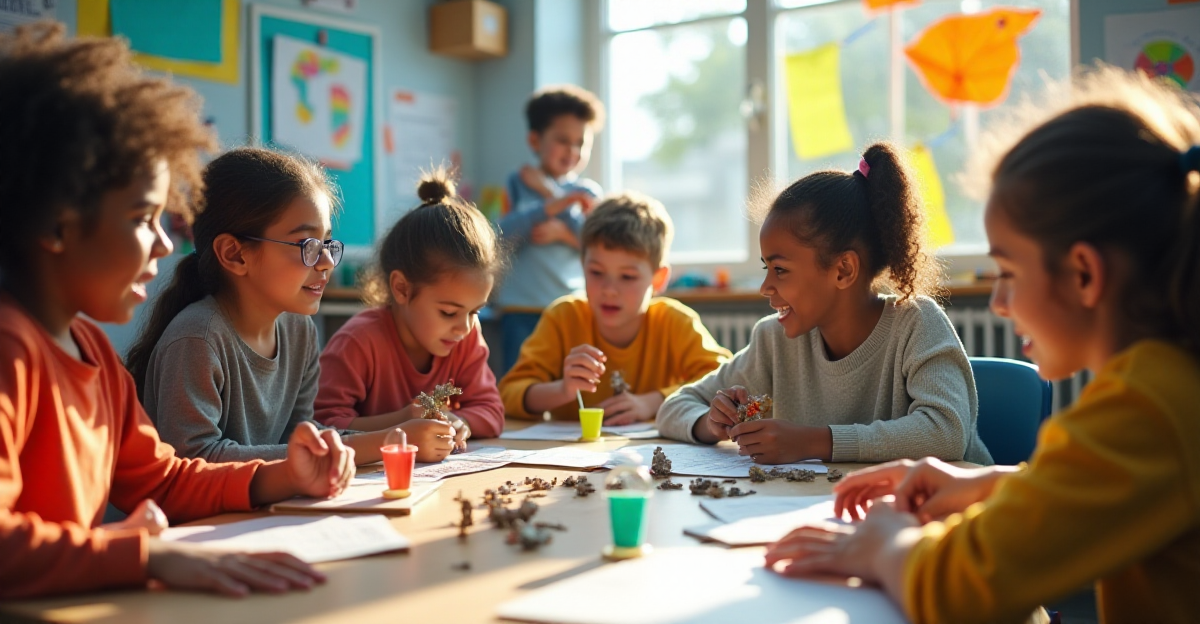Fostering Critical Thinking Skills in Today’s Classroom

A fundamental ability, critical thinking helps students to independently assess and evaluate material. From open-ended inquiries to problem-solving exercises that pique interest, this article looks at several ways teachers could foster critical thinking. Using actual classroom settings, we explore how developing critical thinking not only improves academic performance but also gets children ready for life ...
Read MoreEngaging Students Through Project-Based Learning

Project-based learning (PBL) gives students an opportunity to delve into practical activities that support teamwork and problem-solving by nature. This post will look at how PBL helps students to apply what they learn in practical situations, therefore increasing the relevance and power of their education. Based on my personal teaching experience, I will discuss how ...
Read MoreUnderstanding Cognitive Bias in Scientific Research

Scientific study can be influenced by cognitive biases, therefore producing distorted findings and interpretations. Various forms of cognitive biases will be discussed in this paper together with how they influence research and what researchers are doing to minimize them. What Is Cognitive Bias? Even when you are shown data contradicting your beliefs, have you ever ...
Read More









